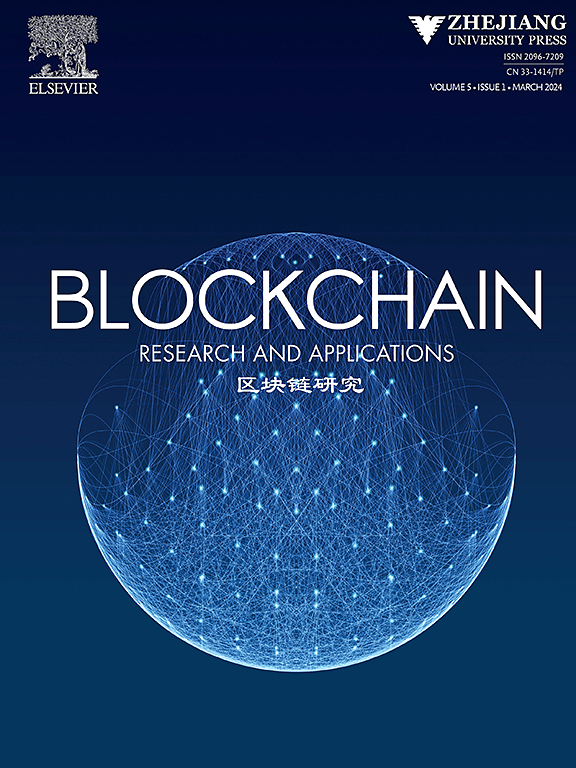TABS: Transforming automatically BPMN models into blockchain smart contracts
Abstract
Research on blockchains addresses multiple issues, with one being the automated creation of smart contracts. Developing smart contract methods is more difficult than mainstream software development as the underlying blockchain infrastructure poses additional complexity. We report on a new approach to developing smart contracts with the objective of automating the process to increase developer efficiency and reduce the risk of errors introduced by software developers. To support industry adoption, we use Business Process Model and Notation (BPMN) modeling to describe an application while targeting applications in the trade vertical. We describe a system that transforms a BPMN model into a multi-modal model that combines Discrete Event (DE) modeling for concurrency with Hierarchical State Machines (HSMs) to represent application functionality. Then, further transformations are used to transform the DE-HSM model into methods in smart contracts. The system lets the modeler decide which of the independent patterns should be transformed into methods of a separate smart contract that is deployed on a sidechain for the purpose of (i) reducing processing costs and/or (ii) providing privacy so that other participants in the smart contract do not have visibility into the processing of the pattern. We also briefly describe a proof-of-concept tool we built to demonstrate the feasibility of our approach.

 求助内容:
求助内容: 应助结果提醒方式:
应助结果提醒方式:


